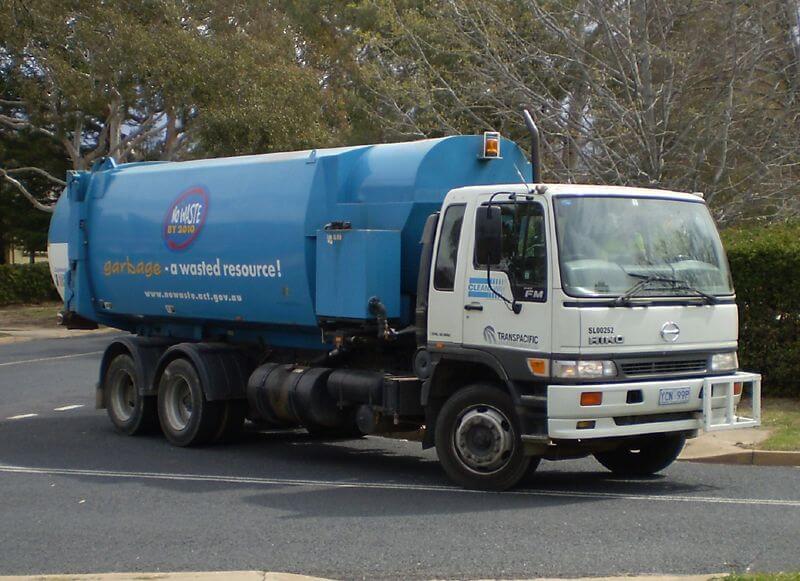New York City has, in the past, been known to be quite dirty. In the 1800s, New York’s city streets were littered with trash, urine, manure and even dead animal carcasses. This was the standard for the city until 1894, when, under Mayor William Strong’s appointment, George Waring took over the Department of Sanitation. Afterwards, the city was cleaned up and has remained, for the most part, rather clean. And while keeping such a large metropolitan city is naturally difficult, it seems as though the job is getting even more difficult.
According to a recent report from the New York Times, New York City’s recent increase in both population and tourism has demanded an increase in sanitation work. In the article, an NYC sanitation worker named Mark Patton was interviewed about the increased work from the recent spike in New Yorkers. “It’s a lot more litter for me to pick up. I can’t slack off at all,” he says. Patton has noticed a larger amount of napkins, water bottles and much worse trash littered throughout the city since the boom.
Last year, Brooklyn, Bronx and Queens all saw rapid growth, expanding the city’s total population to a record high of 8.5 million. The city’s tourism industry also saw record numbers with more than 60 million visitors taking a bite out of the Big Apple last year. Obviously, more people in any given area means more trash piling up. What’s more, the city’s least populous borough, Staten Island, has even seen an increase in garbage. The situation has gotten so bad that even the Staten Island borough president has taken notice, stating, “We’ve always had litter, but it’s at a level that’s unprecedented.”
The cost of maintaining such a large—and rapidly growing—city has also risen. Last year, the Sanitation Department spent a whopping $58.2 million cleaning up the city streets compared to the $49.5 million spent in 2015. That extra cost has allowed the department to deploy its 450 workers along new routes and increased its collections of the 24,000+ sidewalk trash bins, adding Sunday collections in order to keep up with the amount of garbage.
While the city’s streets can still occasionally be quite dirty, they are nothing compared to what they used to be. And with so many dedicated sanitation workers—and the other 3,000+ volunteers who assist in street cleaning—the city’s streets should continue to improve over time.

